Who Took the Flowers Out of my Prose?
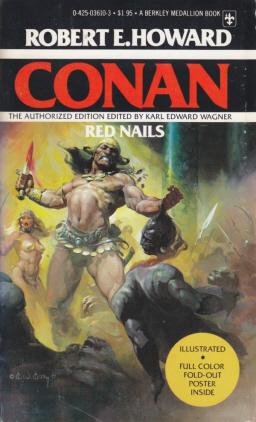 Over here in England, we have a shop called ‘Poundland,’ which is pretty much what it says on the tin: a shop where everything costs a single pound, and for a boy of about ten, it was a dream come true. All the flimsy toys, dodgy sweets and budget DVDs my little mind could conjure — there was a book section as well, but it mostly consisted of either absolute rubbish or books about Simon Cowell.
Over here in England, we have a shop called ‘Poundland,’ which is pretty much what it says on the tin: a shop where everything costs a single pound, and for a boy of about ten, it was a dream come true. All the flimsy toys, dodgy sweets and budget DVDs my little mind could conjure — there was a book section as well, but it mostly consisted of either absolute rubbish or books about Simon Cowell.
But one particular day, when I was about ten, I happened to spot a diamond hidden amongst the rubbish: an anthology of stories by Robert E Howard. I’d never heard of him at the time, but the book had Conan in the title.
I had heard of Conan. My brief experience with the two movies told me I liked big swords, big monsters, and Arnold Schwarzenegger as much as the next ten-year-old, so I decided to buy it. On the train ride home, I found myself introduced to a new, vivid, and lively world, one of blood and savagery, of death and shadow, of lurking devils and skulking gods. I was exposed to a land of witchcraft, sorcerers, devils and demons, nations torn apart by brooding crusaders kings and swashbuckling puritans. It was the best train ride of my life.
“That’s all well and good, Connor,” you might say, “but what’s this got to do with prose?” Show a little patience; I’m getting to that.
What enchanted me most throughout these adventures was the prose; it just had its own nature and flavor, its own distinguished way of presenting things. I’d never encountered anything like it before; it was poetic, haunting, powerful. It lent every blow a sort of impact, made every monster tangible. Even the heroes — too powerful, too fast, too smart to ever be real — it made them come alive.
And in fantasy, where a key aspect is immersion, this is an impressive achievement. I touched upon this not too long ago with my Fantasy Face-off article; noting that prose dictates the way we see the world on the page and, therefore, how vivid and real it is. Prose overshadows flaws when it’s successful and highlights them when it’s not.
But what I didn’t mention was how prose can amplify the tone of the book. Fritz Leiber’s prose is rather light, reflecting the comic, satirical feel of his books. Howard’s is fast, rip-roaring and powerful, much like the pacing of his books and the characters within them. Tolkien’s prose, though it can sometimes be lacking, feels reminiscent of a fairy tale.
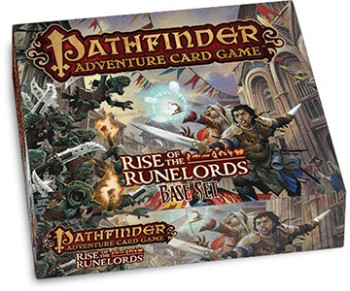
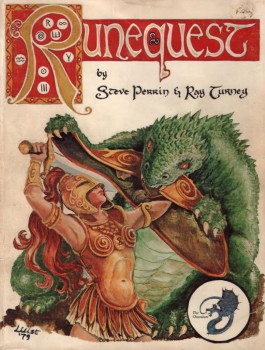
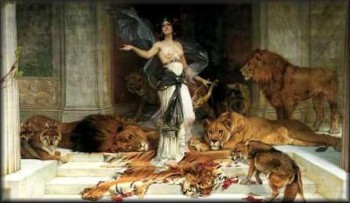
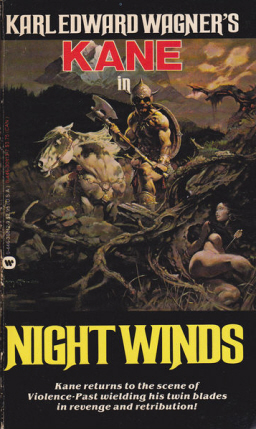
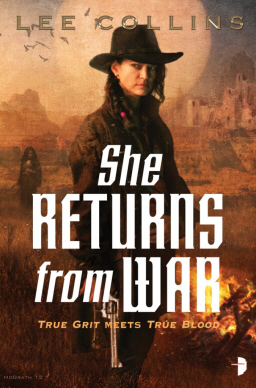
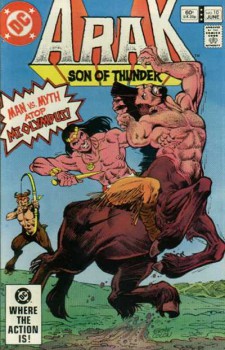
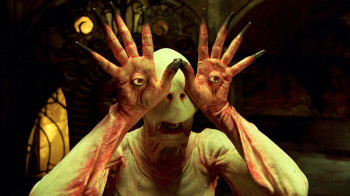
 I’ve always had a fascination with Frtiz Lang’s Metropolis that I’ve never been able to explain. Obviously, it’s a visually powerful film and a tremendous influence on
I’ve always had a fascination with Frtiz Lang’s Metropolis that I’ve never been able to explain. Obviously, it’s a visually powerful film and a tremendous influence on 